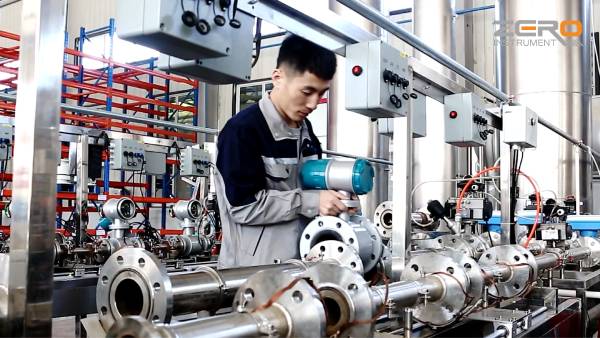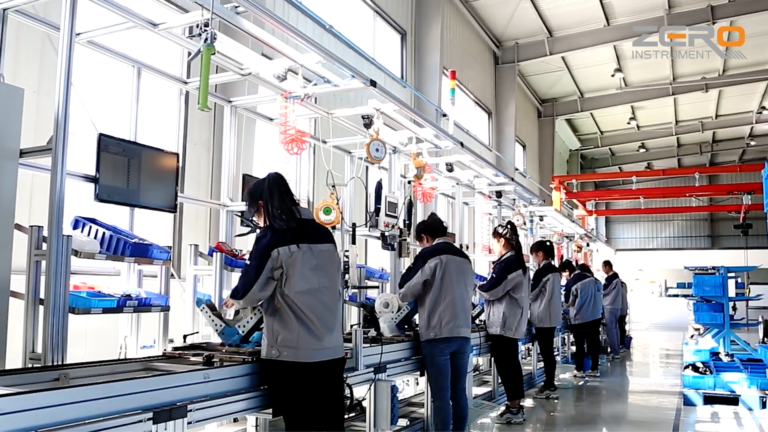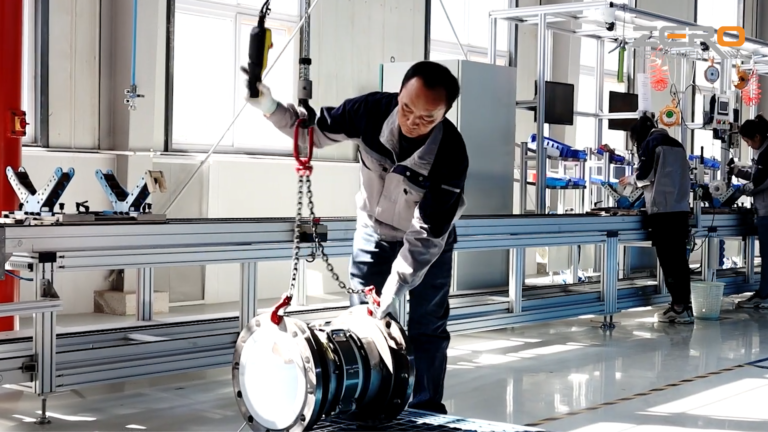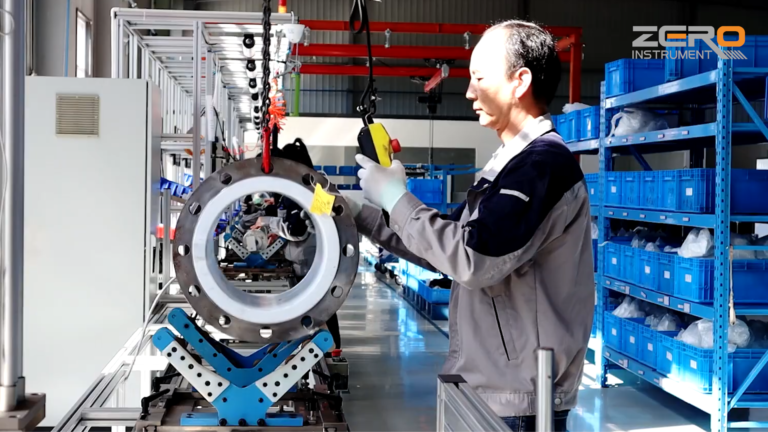With the advancement of Industry 4.0, industrial control systems (ICS) play an increasingly important role in modern industrial production. Industrial control communication protocol is a standard set in ICS for data exchange and communication between devices. Its stability and efficiency directly affect the operation of the entire industrial production.
This article will give a brief introduction to commonly used industrial control communication protocols, including Modbus, Profibus, Profinet, EtherCAT, CANopen and OPC UA.

1. Modbus
Modbus is a serial communication protocol introduced in 1979 by Modicon (now Schneider Electric). It is a simple master-slave protocol that supports single-master or multi-master communication. The Modbus protocol defines the data model and communication rules, but does not specify the physical layer and data link layer, so it can run on a variety of physical media, such as serial lines, Ethernet, optical fiber, etc.
In a Modbus network, there is a master device (usually a controller or human-machine interface) and multiple slave devices (such as sensors, actuators, etc.). The master device sends requests to the slave devices, and the slave devices respond to these requests. Modbus protocol supports four basic function codes: reading coil status, reading input status, reading holding register, and writing single register or multiple registers.
The advantage of Modbus is its simplicity and openness, which makes it one of the most widely used communication protocols in industry. However, due to its simple nature, Modbus has certain limitations in data security and integrity.

2. Profibus
Profibus (Process Field Bus) is a fieldbus standard for automation technology and is maintained by the Profibus International organization. It is a multi-master-slave bus system used to establish communication between controllers and field devices. The Profibus protocol is divided into three layers: physical layer, data link layer and application layer.
Profibus supports three different communication protocols: DP (Decentralized Peripherals), PA (Process Automation) and FMS (Fieldbus Message Specification). DP is the most commonly used protocol and is used for high-speed data transmission and is suitable for factory automation; PA is specially designed for process automation and supports long-distance transmission and intrinsic safety; FMS provides more complex services for advanced applications.
The main advantages of Profibus are its high speed and determinism, as well as its support for many types of equipment and applications. It is widely used in manufacturing, process automation and building automation fields.

3. Profinet
Profinet is an Ethernet communication protocol launched by Profibus International. It is an industrial automation standard based on industrial Ethernet technology. Profinet inherits the high speed and determinism of Profibus while taking advantage of the high speed and flexibility of Ethernet.
Profinet protocol is divided into three layers: physical layer, data link layer and network layer. It supports real-time (RT) and synchronous real-time (IRT) communication, ensuring the timeliness and synchronization of data. Profinet also supports common IT standards such as TCP/IP and IT services, allowing it to integrate seamlessly with existing IT infrastructure.
The advantages of Profinet are its high speed, high flexibility and ease of integration. It is suitable for various automation applications, especially where high-speed data transmission and high degree of networking are required.

4. EtherCAT
EtherCAT is a real-time Ethernet communication protocol developed by Beckhoff Automation. It is a high-speed, high-efficiency protocol particularly suitable for motion control applications. The EtherCAT protocol embeds real-time data directly into Ethernet frames, enabling extremely low communication latency.
Each device in the EtherCAT network only makes necessary modifications to the data frame during the data transmission process, and then passes the data frame to the next device. This “on-the-fly” processing method greatly improves communication efficiency. EtherCAT supports multiple physical media such as copper, fiber optic and wireless.
The main advantages of EtherCAT are its high speed, high accuracy and flexibility. It is widely used in motion control, robotics and automation equipment.

5. CANopen
CANopen is a communication protocol based on Controller Area Network (CAN) and maintained by the CAN in Automation (CiA) organization. It is a multi-master-slave protocol mainly used for communication in embedded systems.
The CANopen protocol defines communication rules and data formats between devices. It includes an object dictionary that describes the device’s functionality and data structures. CANopen supports a variety of communication services such as Process Data Objects (PDO) and Service Data Objects (SDO) for real-time and non-real-time data transmission.
The advantages of CANopen are its high reliability and flexibility, as well as its support for many types of devices and applications. It is widely used in fields such as automobiles, industrial automation and medical equipment.

6. OPC UA
OPC UA (Open Platform Communications Unified Architecture) is a cross-platform communication protocol launched by the OPC Foundation. It is a service-oriented protocol that supports multiple communication modes such as client/server, publish/subscribe, etc.
The OPC UA protocol provides a unified data exchange mechanism that supports complex objects and data structures. It also includes security features such as user authentication and data encryption to ensure the security and integrity of communications.
The advantages of OPC UA are its cross-platform nature, high security and support for complex data structures. It is suitable for a variety of automation and IT applications, especially where a high degree of interoperability and security is required.
